
漢德百科全書 | 汉德百科全书


 Architektur
Architektur
 Architektur der Renaissance
Architektur der Renaissance

 Architektur
Architektur
 Architektur des Neoklassizismus*
Architektur des Neoklassizismus*

 Centre-Val de Loire
Centre-Val de Loire
 Frankreich
Frankreich

 Geschichte
Geschichte
 L 1000 - 1500 nach Christus
L 1000 - 1500 nach Christus


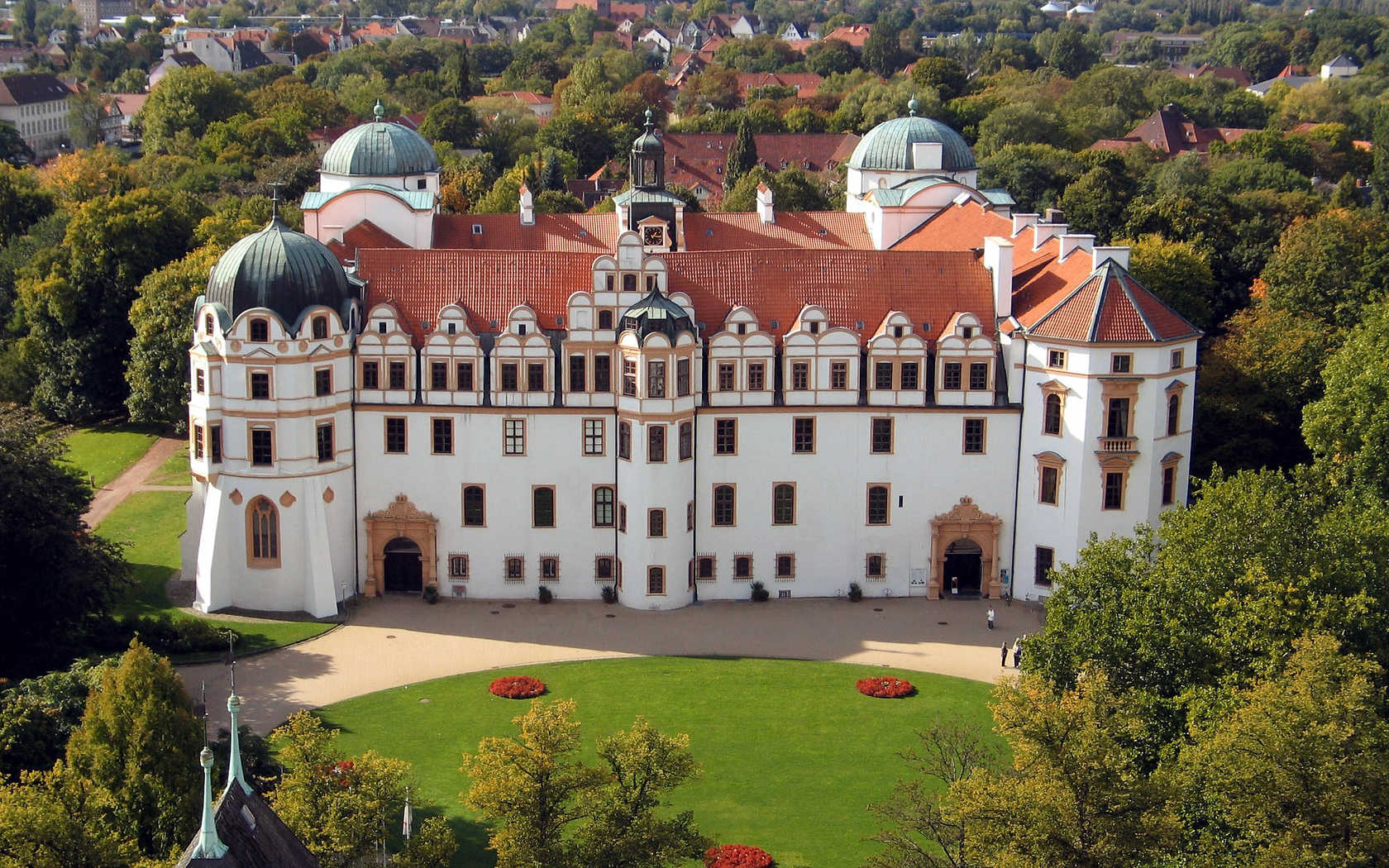

 Architektur
Architektur
 Architektur der Renaissance
Architektur der Renaissance

 Architektur
Architektur
 Architektur des Barock/Rokoko
Architektur des Barock/Rokoko

 Emilia-Romagna
Emilia-Romagna

 Geschichte
Geschichte
 M 1500 - 2000 nach Christus
M 1500 - 2000 nach Christus

 Religion
Religion


 Architektur
Architektur
 Architektur der Backsteingotik
Architektur der Backsteingotik

 Architektur
Architektur
 Architektur der Renaissance
Architektur der Renaissance

 Architektur
Architektur
 Architektur des Barock/Rokoko
Architektur des Barock/Rokoko

 Geschichte
Geschichte
 L 1000 - 1500 nach Christus
L 1000 - 1500 nach Christus
 Polen
Polen

 Architektur der Renaissance
Architektur der Renaissance
 Deutsche Renaissance
Deutsche Renaissance
 Architektur der Renaissance
Architektur der Renaissance
 Englische Renaissance
Englische Renaissance
 Architektur der Renaissance
Architektur der Renaissance
 Französische Renaissance
Französische Renaissance

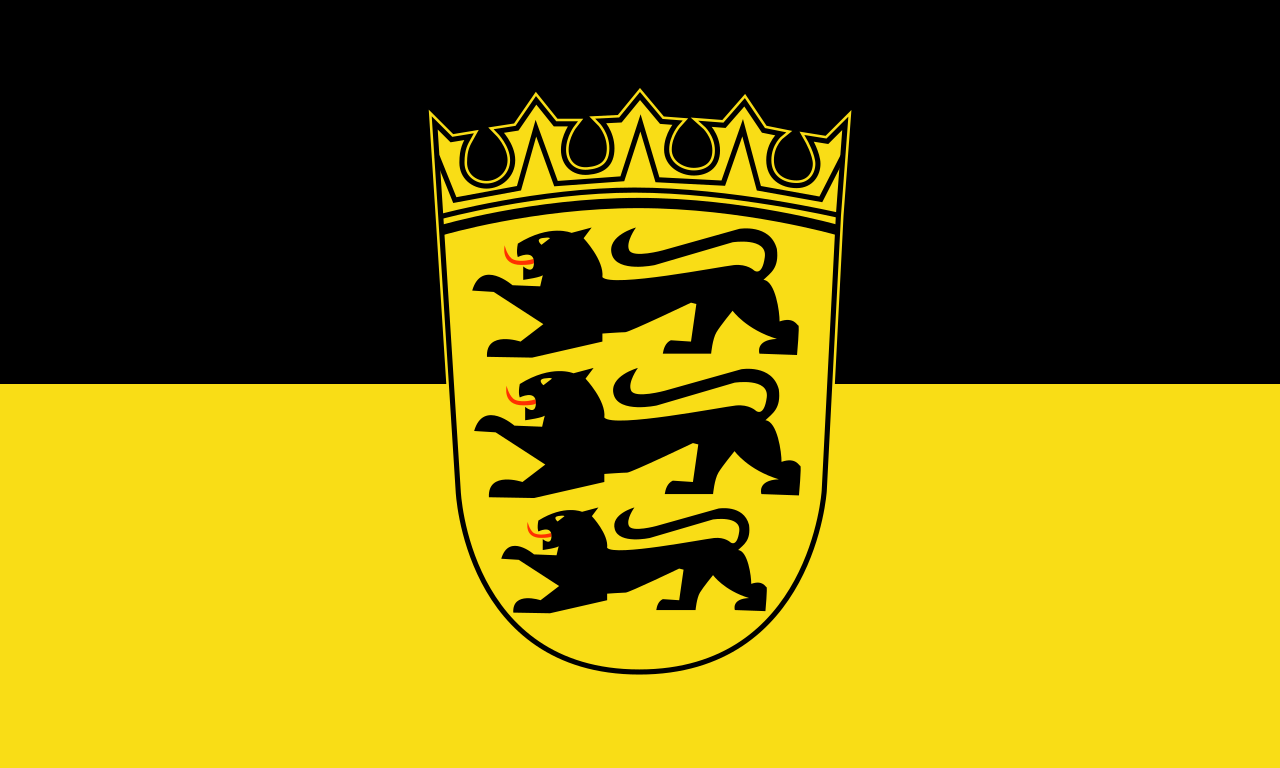 Baden-Württemberg
Baden-Württemberg

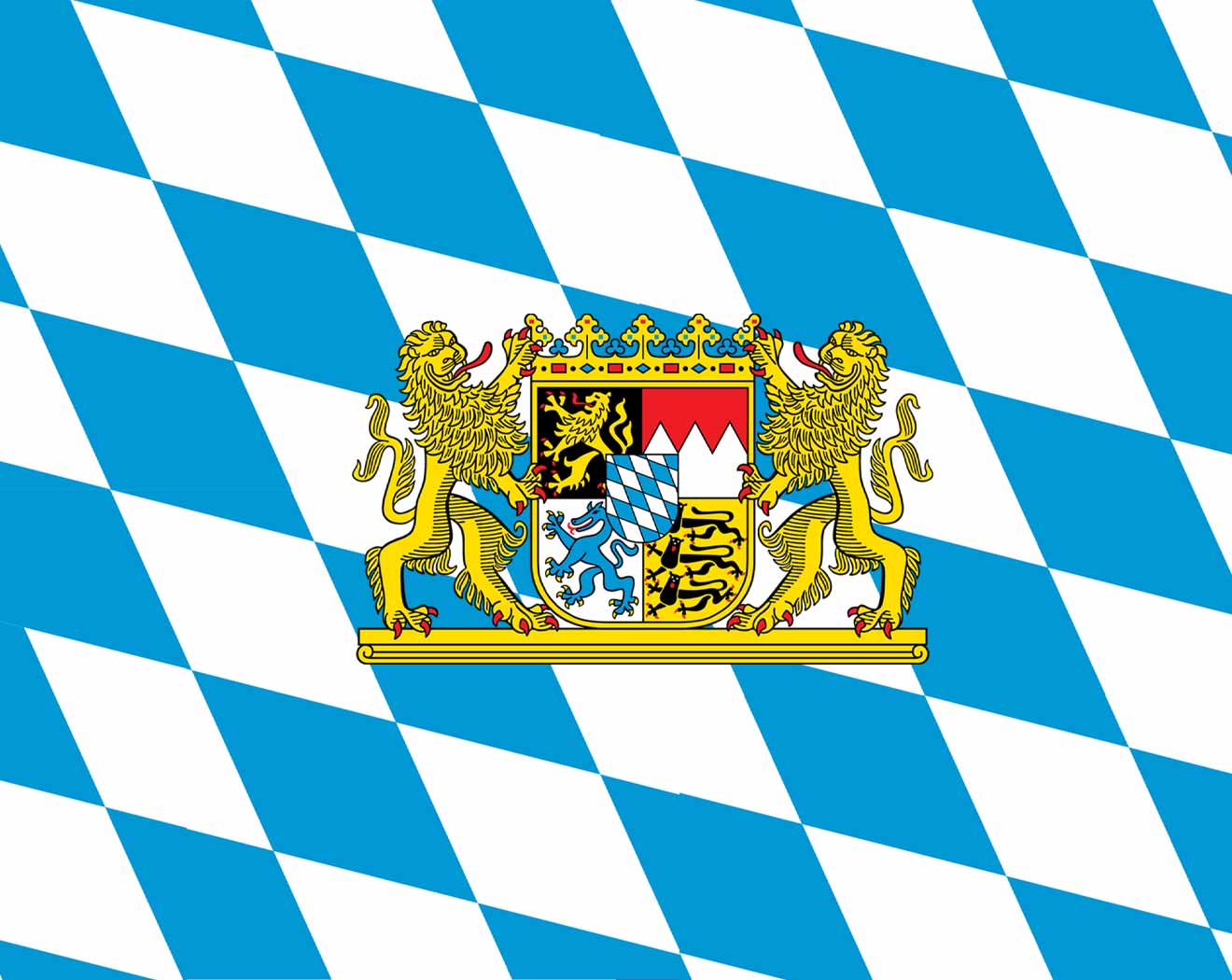 Bayern
Bayern

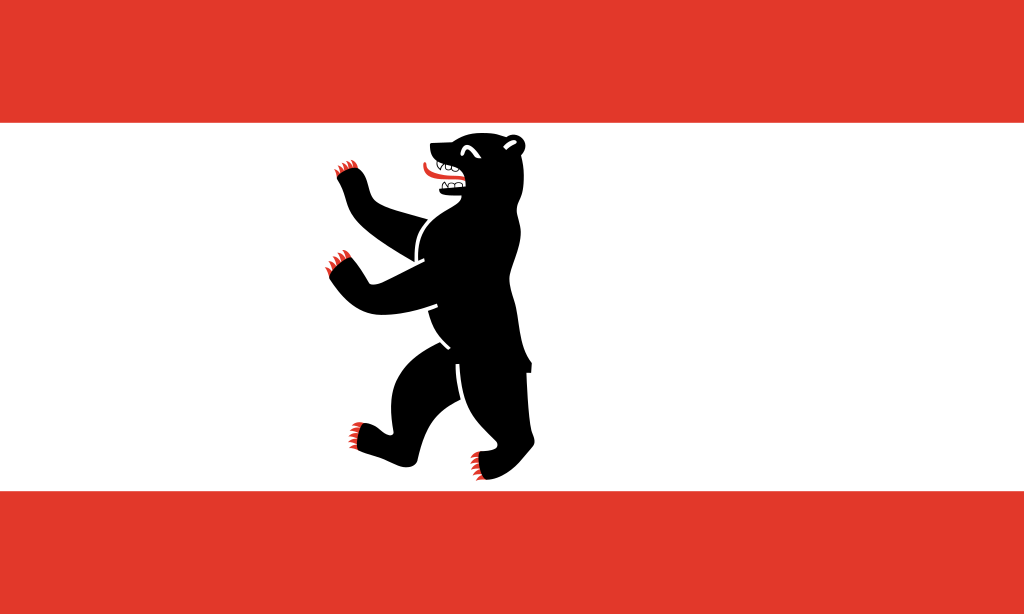 Berlin
Berlin

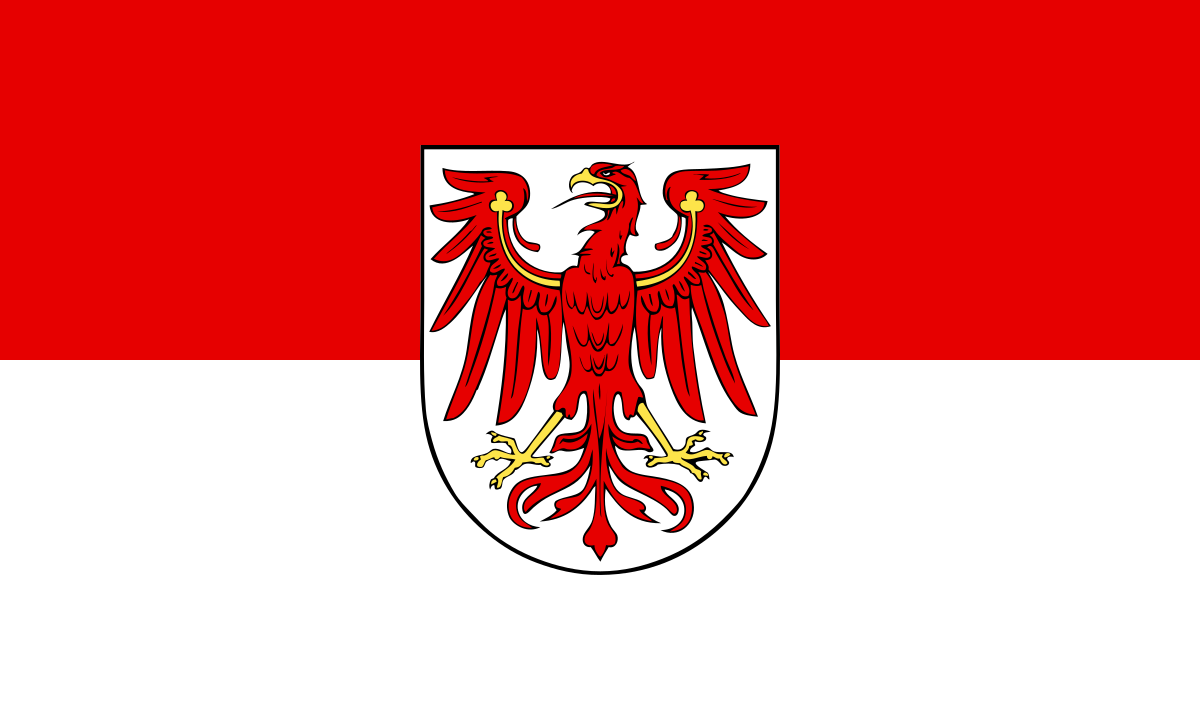 Brandenburg
Brandenburg

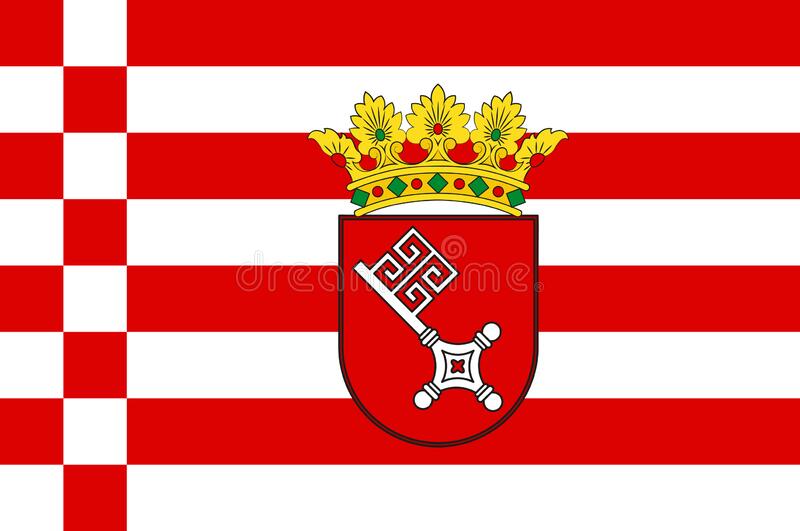 Bremen
Bremen
 Deutschland
Deutschland

 Geschichte
Geschichte
 M 1500 - 2000 nach Christus
M 1500 - 2000 nach Christus

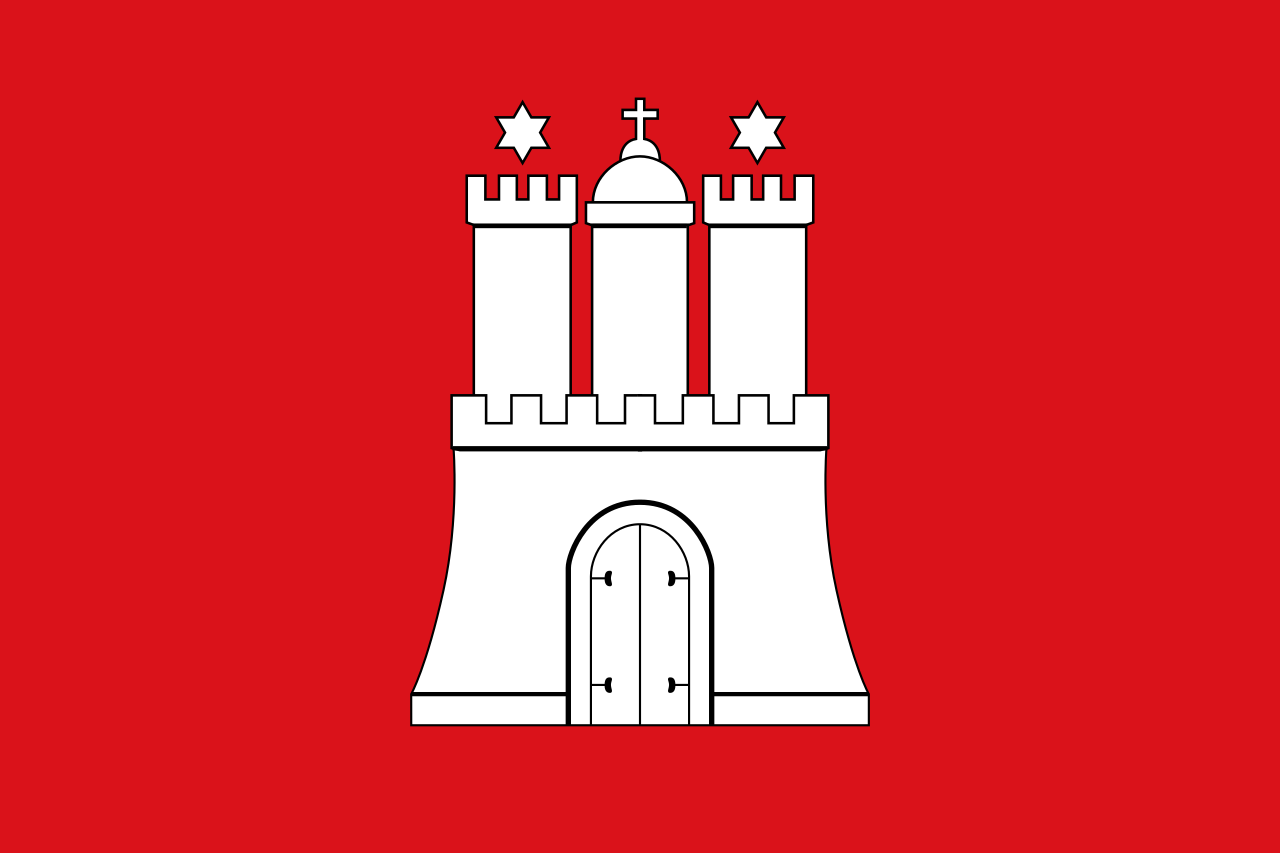 Hamburg
Hamburg

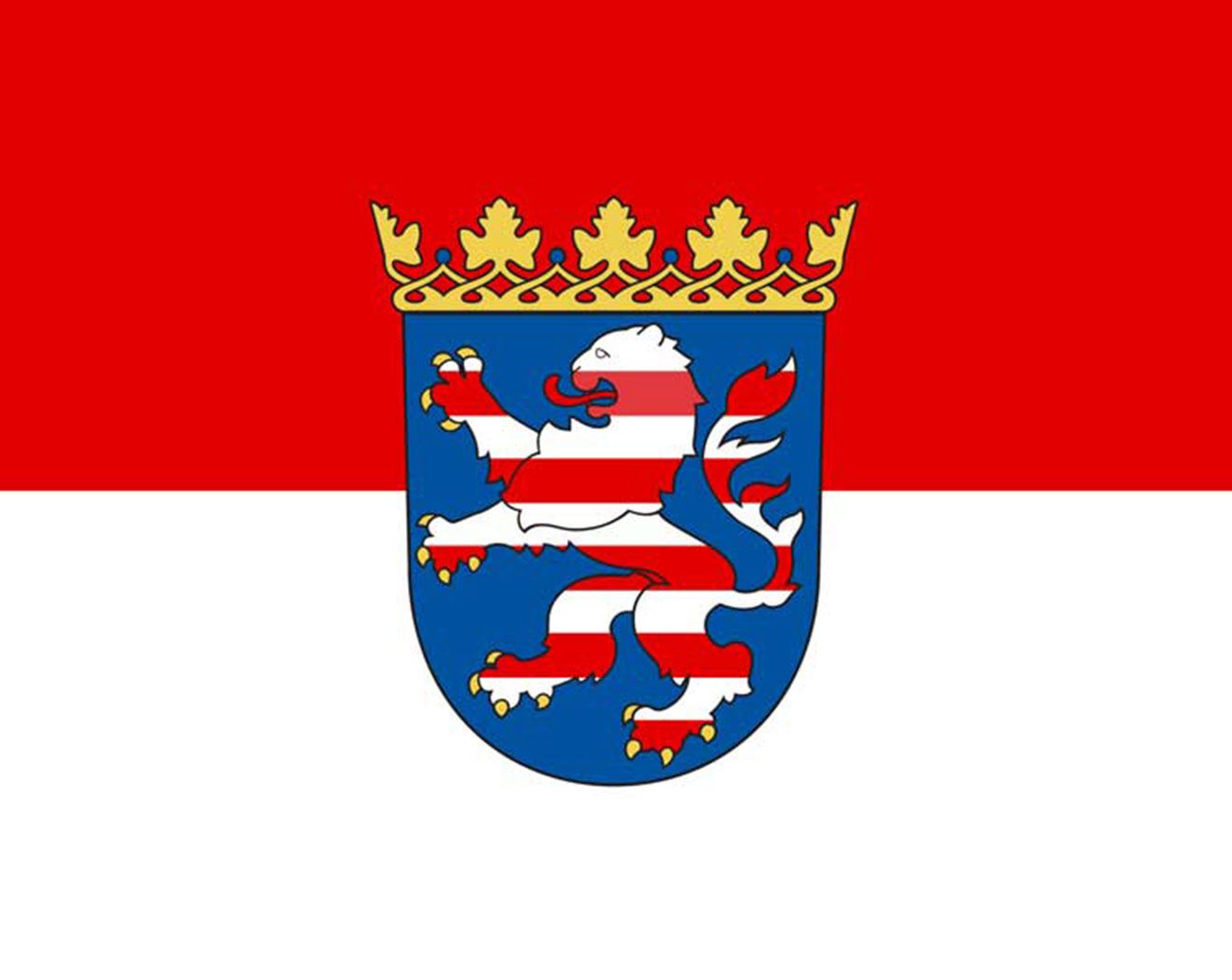 Hessen
Hessen

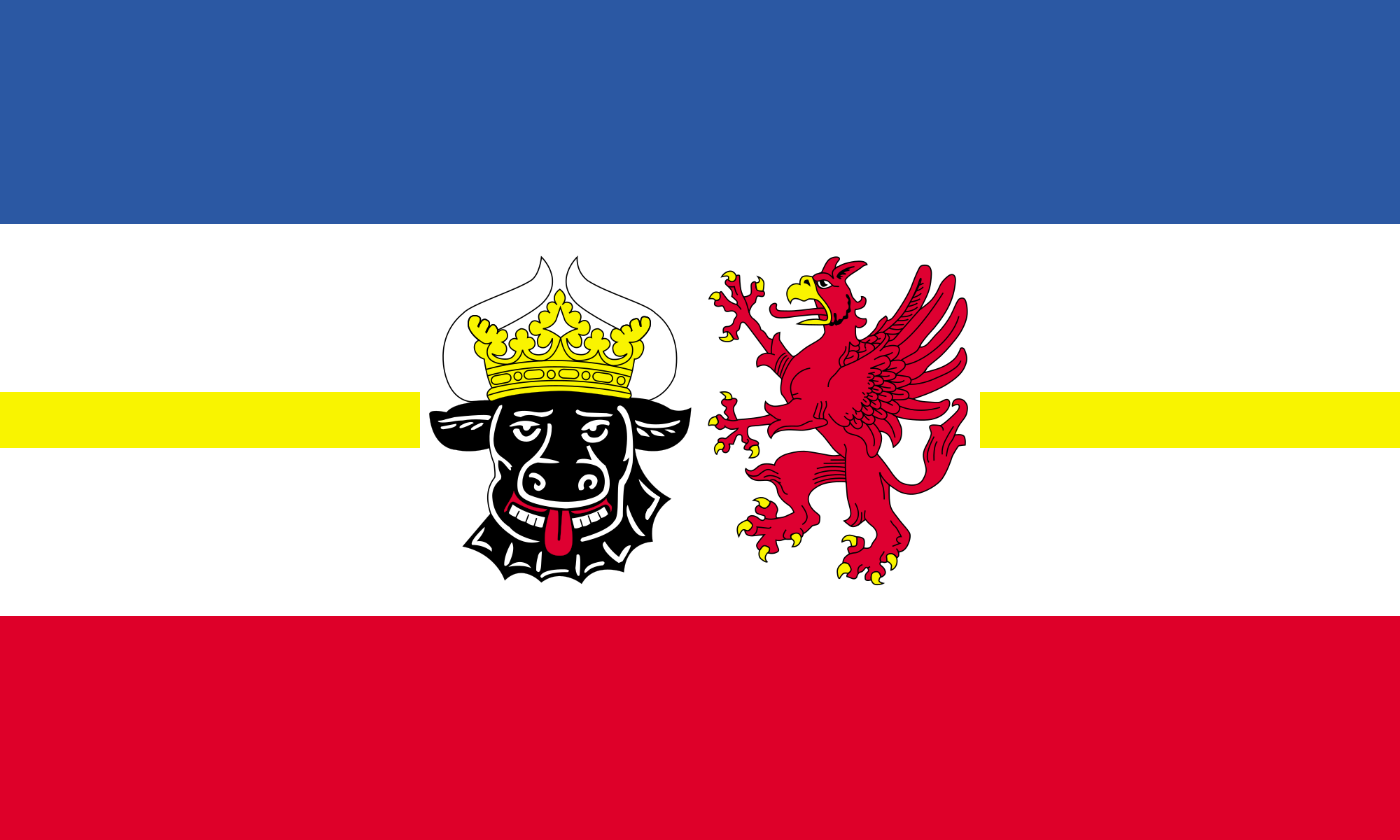 Mecklenburg-Vorpommern
Mecklenburg-Vorpommern

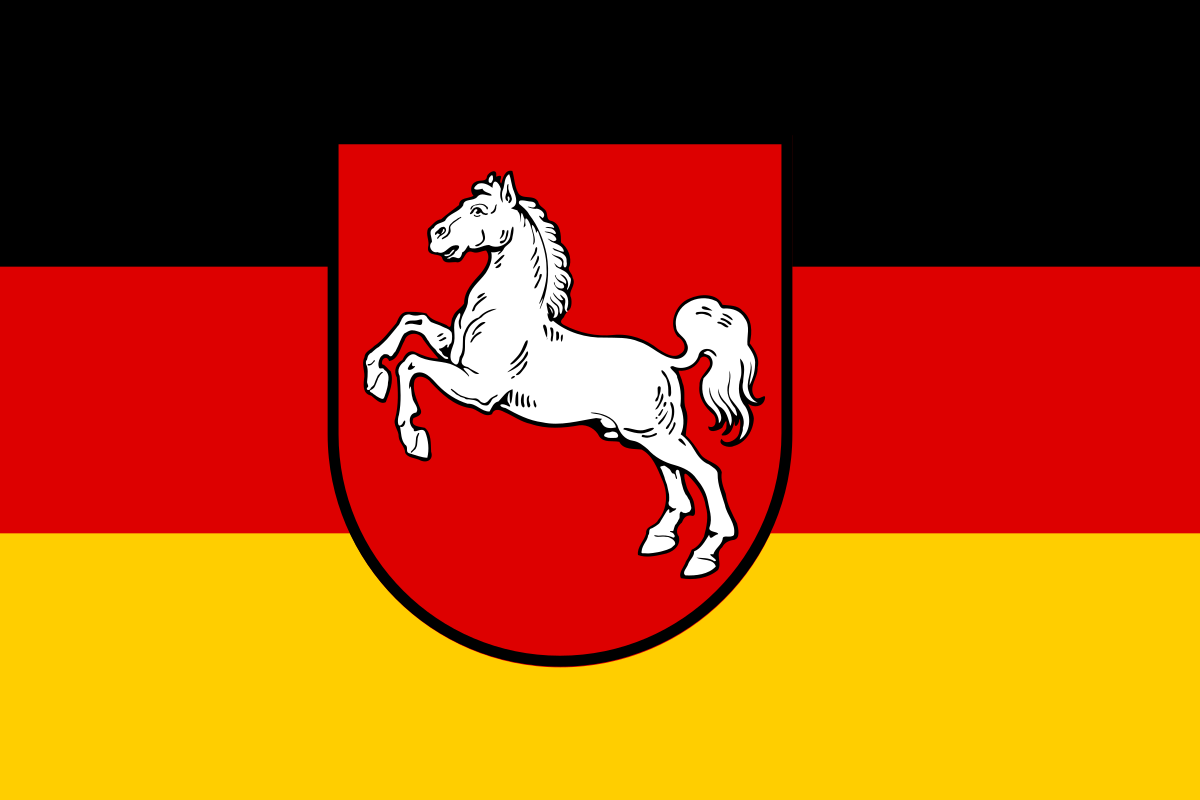 Niedersachsen
Niedersachsen

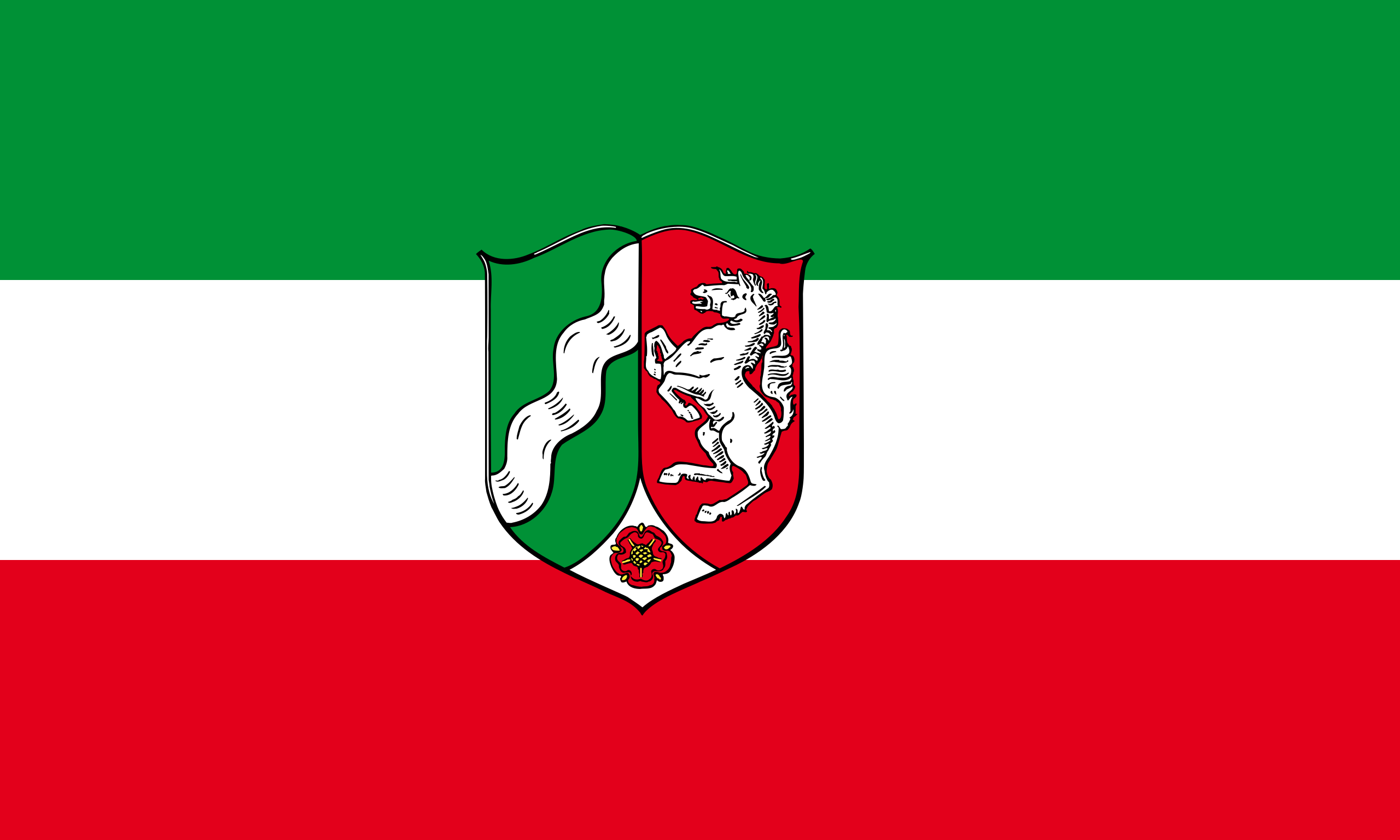 Nordrhein-Westfalen
Nordrhein-Westfalen

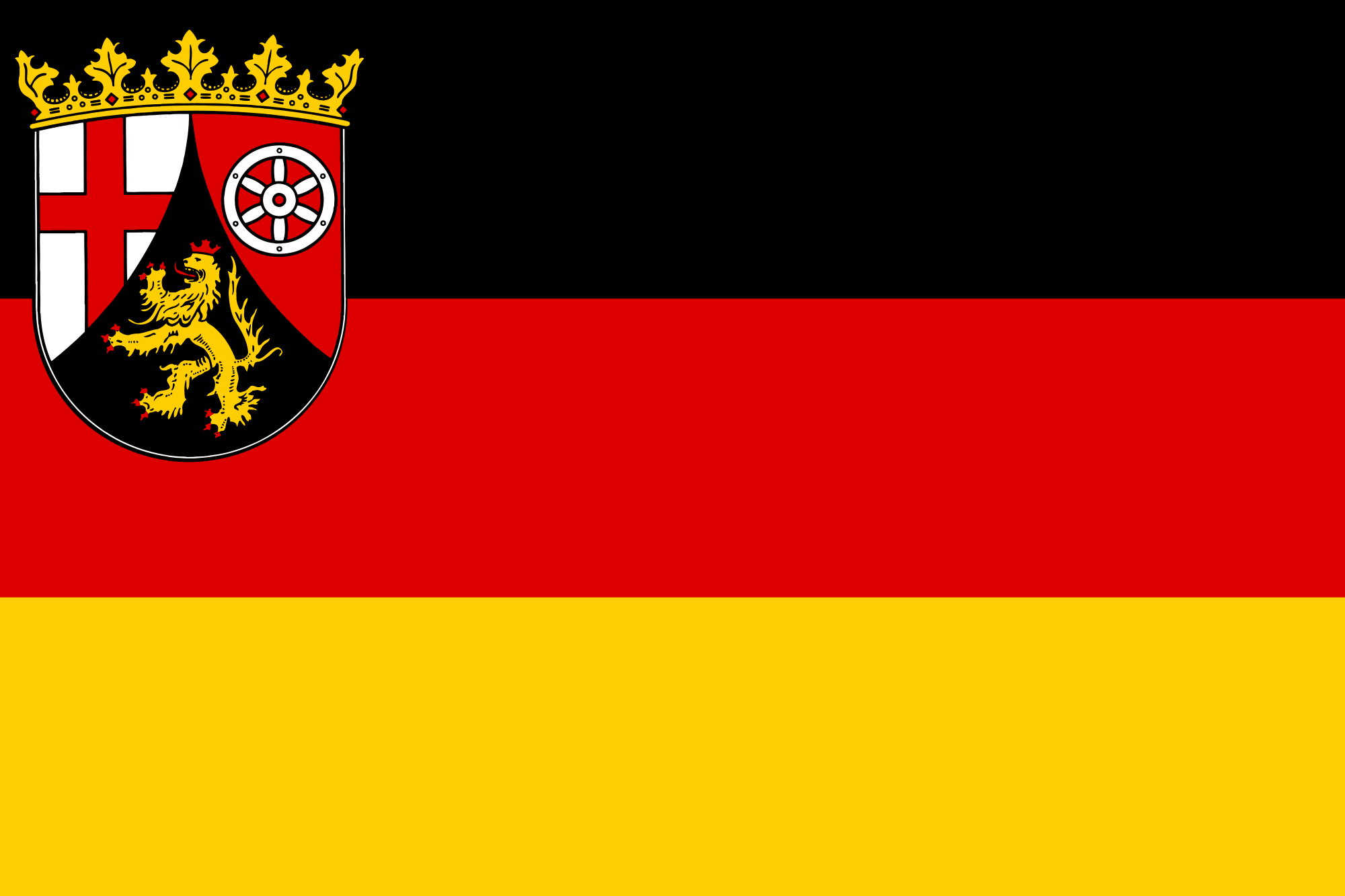 Rheinland-Pfalz
Rheinland-Pfalz

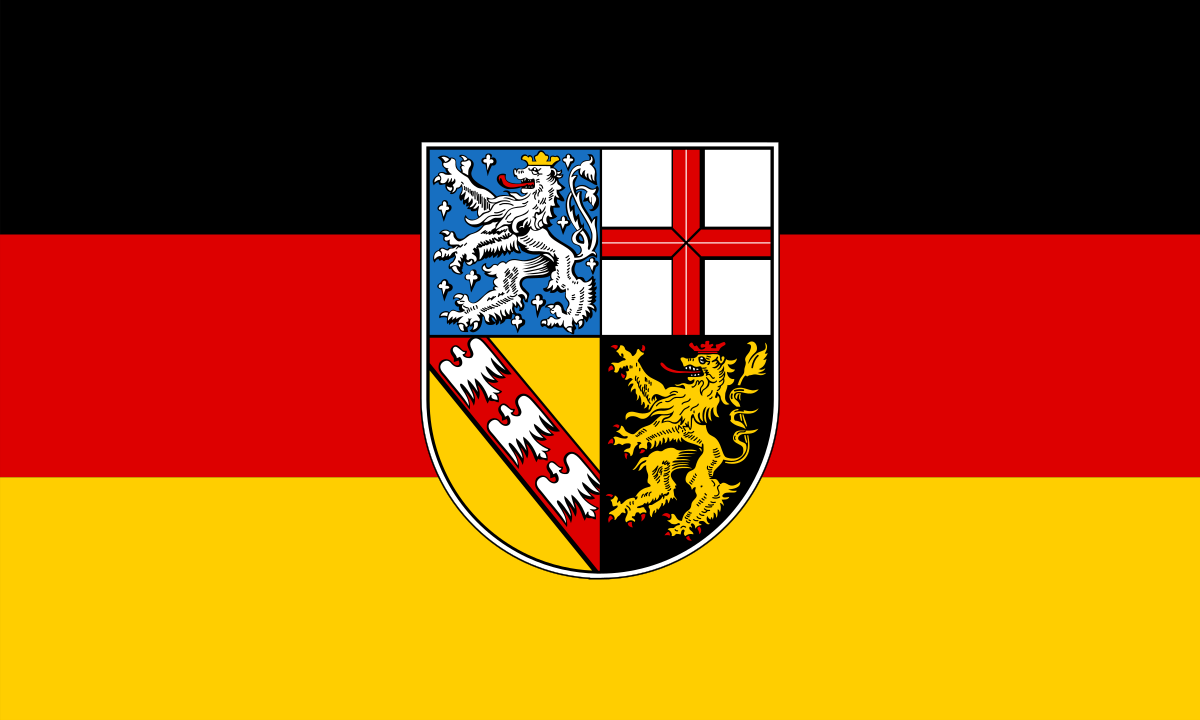 Saarland
Saarland

 Sachsen
Sachsen

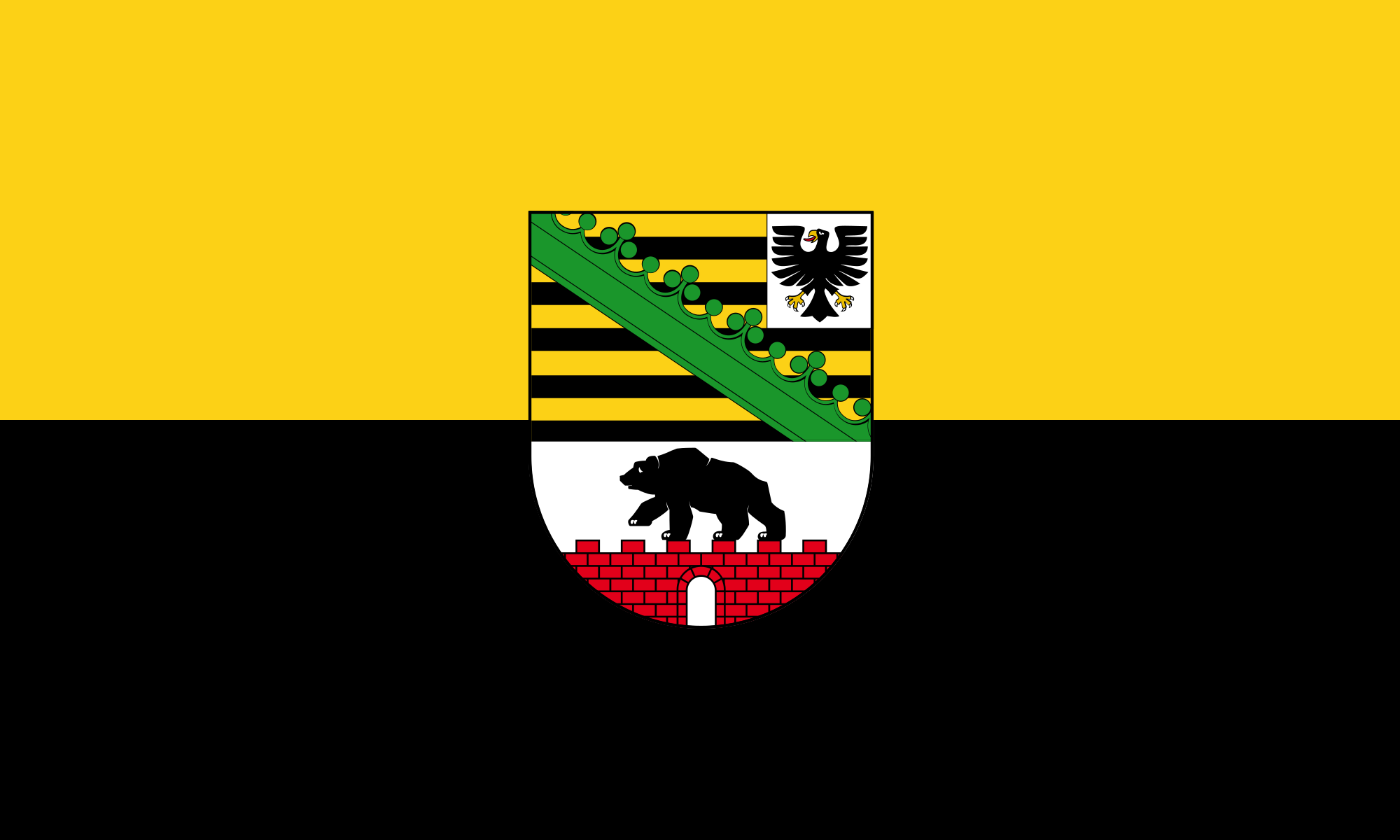 Sachsen-Anhalt
Sachsen-Anhalt

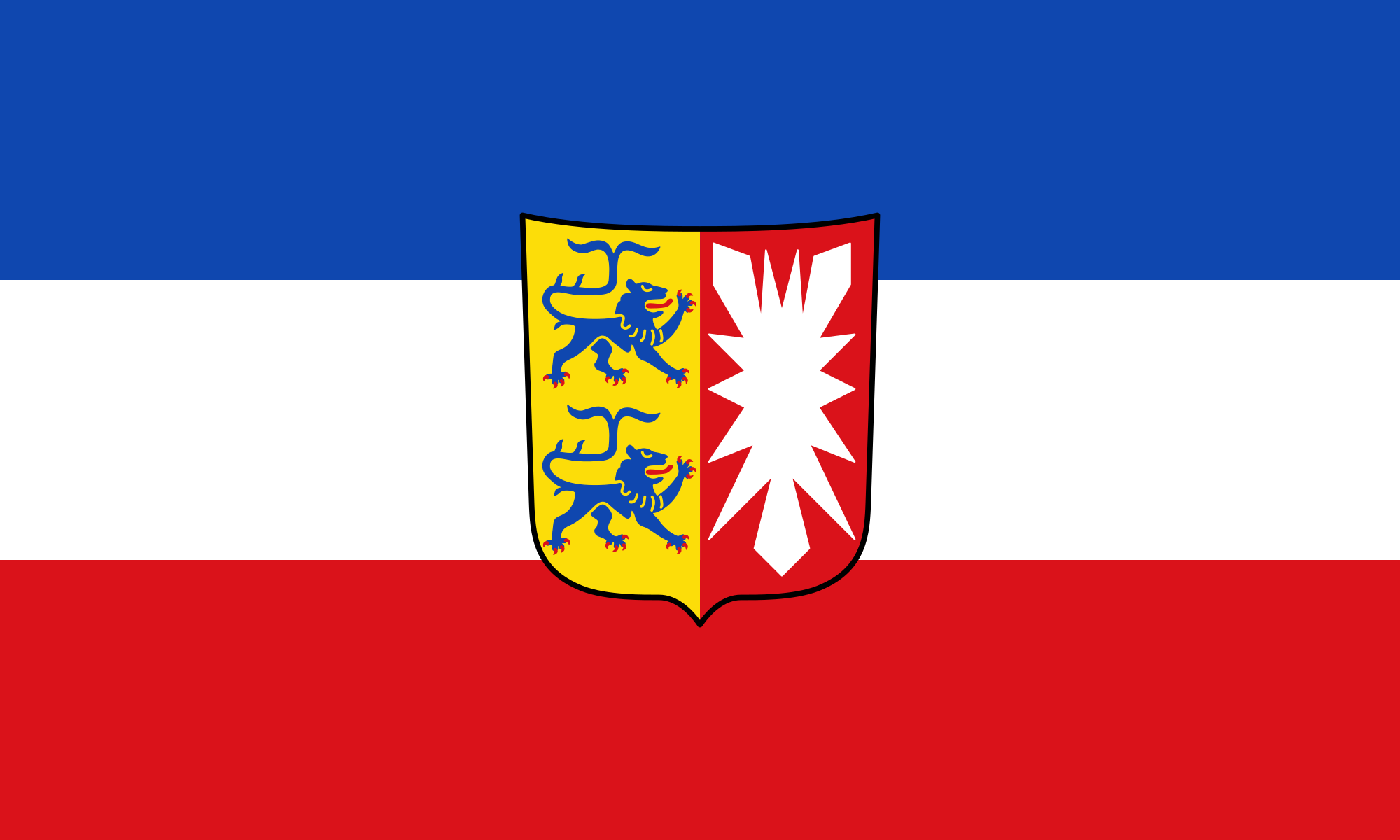 Schleswig-Holstein
Schleswig-Holstein

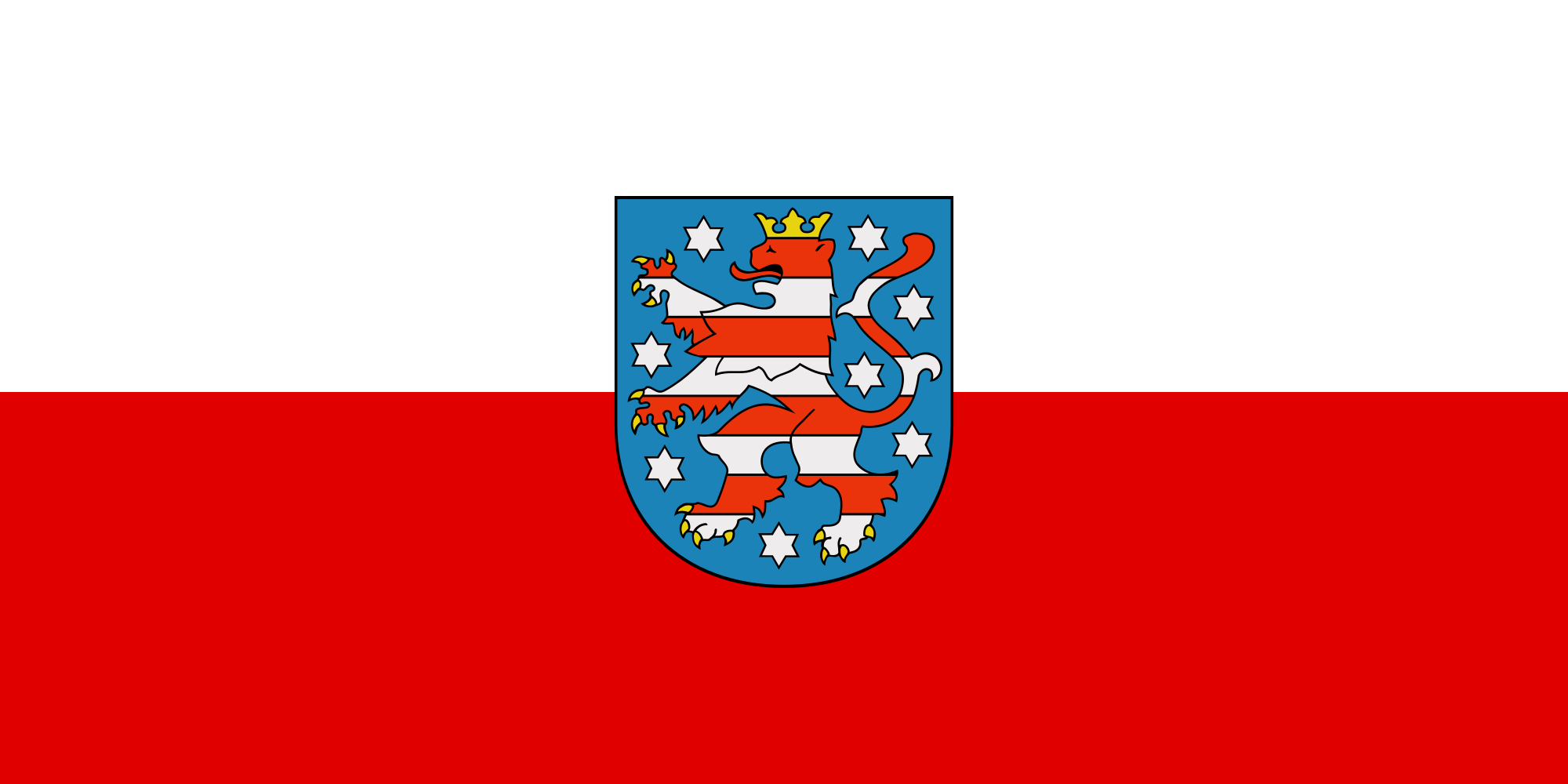 Thüringen
Thüringen
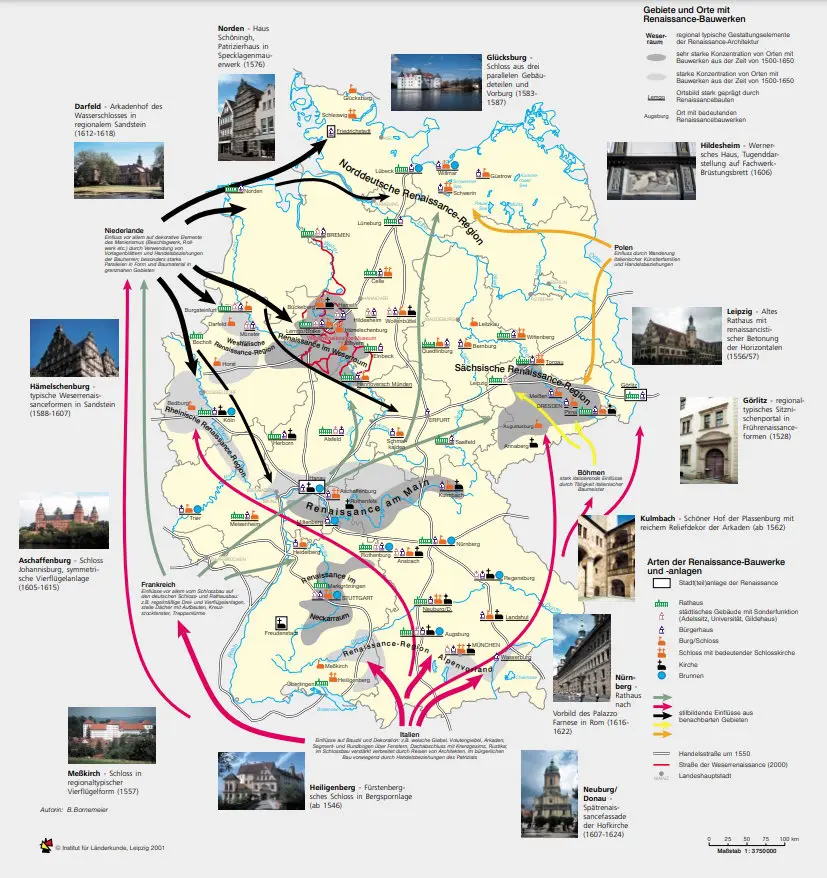
Copyright © Institut für Länderkunde, Leipzig 2001
Die detaillierte Regionalkarte gibt es direkt beim Archiv des Nationalatlas Bundesrepublik Deutschland als PDF-Download.

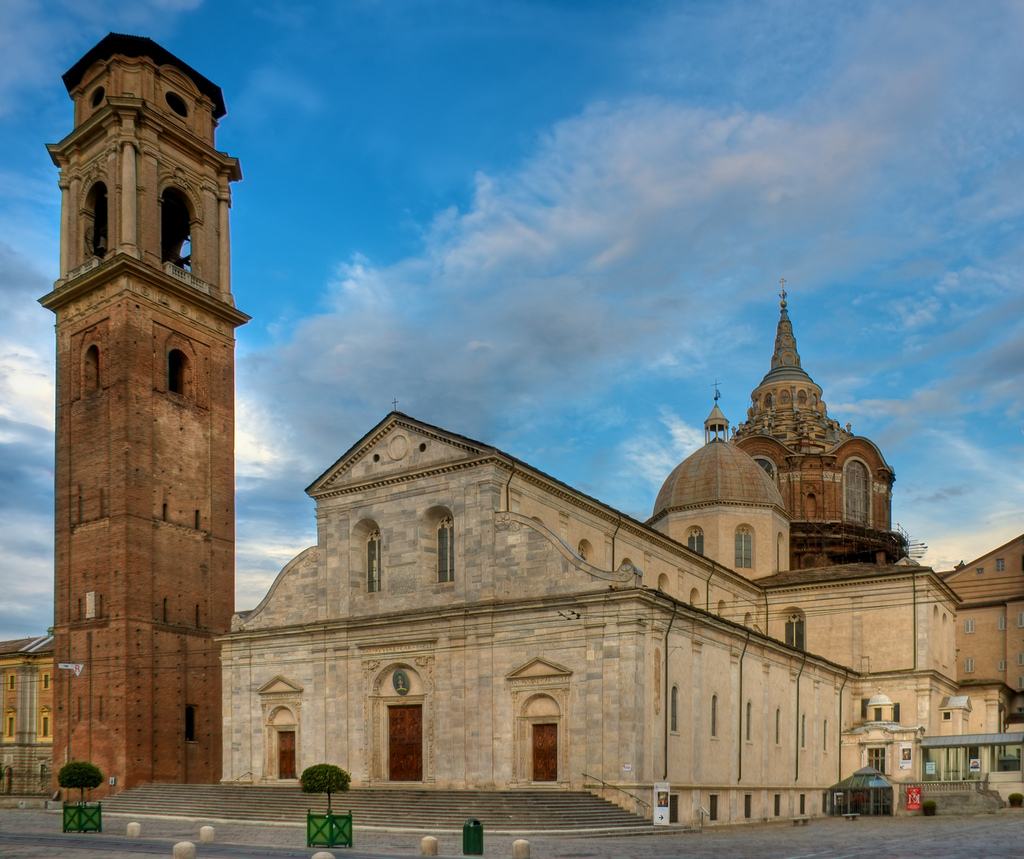
 Architektur der Renaissance
Architektur der Renaissance
 Deutsche Renaissance
Deutsche Renaissance
 Architektur der Renaissance
Architektur der Renaissance
 Englische Renaissance
Englische Renaissance
 Architektur der Renaissance
Architektur der Renaissance
 Französische Renaissance
Französische Renaissance
 Frankreich
Frankreich

 Geschichte
Geschichte
 M 1500 - 2000 nach Christus
M 1500 - 2000 nach Christus

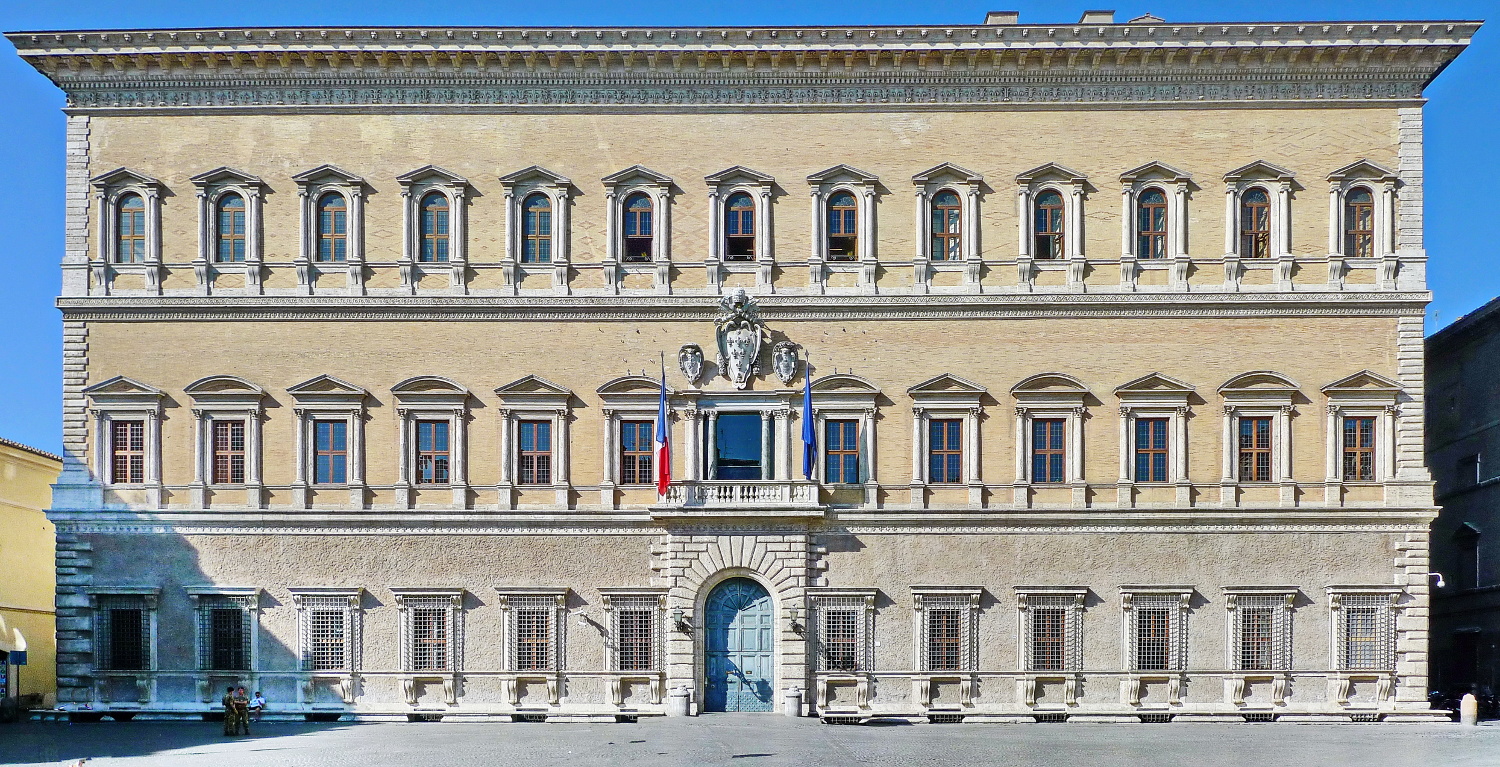

丹麦哥本哈根水晶宫,即菲特烈堡宫(又译腓特列斯堡,Frederiksborg Slot),位于距哥本哈根市西北约45公里处的西兰岛北部小城西 勒洛德(Hillerod),其建筑群坐落在湖中的三个小岛上。古堡本来是丹麦贵族海洛夫·特罗勒的私人庄园。1560年,这座美丽的庄园被国王菲特烈二 世看中,于是用西兰岛南部的一座森林寺院同特罗勒的庄园作交换,该庄园于是易名为菲特烈斯堡,国王将其送给了爱妻苏菲。在城堡中,他盖了一个“皇后长廊 ”,让苏菲可以足无尘土地走过城堡去教堂祈祷。菲特烈二世的儿子克里斯钦四世(1588-1648)继位后拆除原有的部分建筑,于1600年在最东部的小岛增建了新的建筑物。这座宫殿有60个厅堂,采用了荷兰文艺复兴时期的建筑风格,是北欧现存最显赫的文艺复兴风格的建筑,有“丹麦的凡尔赛宫”之称,人们 简称其为“水晶宫”。
水晶宫的正面和右翼是宫殿,左翼是教堂。宫殿以铜板铺顶,四个尖塔装饰其间。东北角有一长廊,它跨越湖水,把人们引入国王的接见大厅。自1671年至 1840年间,历代国王都在水晶宫教堂举行加冕典礼。1859年,一场大火烧毁了宫内的大部分家俱,宫顶和尖塔全部被毁,仅教堂幸免于难。1876年,热 心于文化事业的嘉士伯啤酒厂创始人雅可布森为修复水晶宫捐赠了全部修缮费,并提出把水晶宫辟为丹麦国家历史博物馆。他的建议得到采纳。在修复过程中,骑士 大厅等重要厅堂恢复了原貌,其它房间则根据博物馆的需要进行了修建。1878年,丹麦国家历史博物馆建立,当中展示了丹麦王国悠久的历史文化及珍贵的油画 及艺术珍品等。现今,水晶宫每年吸引大批观光游客参观,成为著名的景点之一。(Quelle:http://www.fotoe.com/sub/100679)
Schloss Frederiksborg (dänisch Frederiksborg Slot) ist ein Wasserschloss in Hillerød auf der dänischen Insel Seeland. Es gilt als größtes und bedeutendstes Bauwerk der nordischen Renaissance und beherbergt heute das Dänische Nationalhistorische Museum.
Frederiksborg Castle (Danish: Frederiksborg Slot) is a palatial complex in Hillerød, Denmark. It was built as a royal residence for King Christian IV of Denmark-Norway in the early 17th century, replacing an older castle acquired by Frederick II and becoming the largest Renaissance residence in Scandinavia. Situated on three islets in the Slotssøen (castle lake), it is adjoined by a large formal garden in the Baroque style.
After a serious fire in 1859, the castle was rebuilt on the basis of old plans and paintings. Thanks to public support and the brewer J. C. Jacobsen, the building and its apartments were fully restored by 1882 when it was reopened to the public as the Danish Museum of National History. Open throughout the year, the museum contains the largest collection of portrait paintings in Denmark. It also provides visitors with an opportunity to visit several of the castle's state rooms including the restored Valdemar Room and Great Hall as well as the Chapel and the Audience Chamber which were both largely spared by the fire and contain sumptuous decorations.
Le château de Frederiksborg (Frederiksborg Slot en danois) est un château danois construit pour Christian IV à Hillerød.
Il s'agit du plus grand palais de Scandinavie. Il symbolise la puissance de la monarchie absolue danoise. En effet, la famille royale y résidait et les rois y étaient sacrés lorsque le Danemark était une monarchie absolue s'étendant sur une partie de la Suède actuelle et jusqu'à la Norvège. Ses proportions exceptionnelles, sa splendeur font de lui le « Versailles danois ».
Frederiksborg è il nome alternativo della cittadina di Hillerød (nome in uso fino al 1910 c.a.), dove Federico II, Re di Danimarca, costruì un primo castello come sua residenza. Il figlio Cristiano IV rase al suolo quasi interamente la dimora del padre e vi costruí quello che tutt'oggi è il famoso castello rinascimentale in stile Olandese, eretto su alcune piccole isole del lago Slotsø (appunto Lago del Castello) nella località nota come Hilleødsholm fin dai tempi della famiglia Gøye (1275), che vi risiedeva.
In passato fu una fortezza e ora è un museo nazionale. Conta più di 70 sale aperte al pubblico, con soffitti dorati, tappezzerie alle pareti e molti dipinti. Interessante è la Riddershalen (Sala dei Cavalieri) e la Slotskirken (Cappella dell'Incoronazione), dove furono incoronati i re di Danimarca tra il 1671 e il 1840.
La cappella del castello contiene quattro organi a canne, uno dei quali, famoso in tutto il mondo, fu costruito da Esaias Compenius nel 1610 ed è tuttora perfettamente conservato e funzionante.
El palacio de Frederiksborg (en danés Frederiksborg slot) es un palacio danés construido en Hillerød sobre tres islotes del Slotssø («lago del palacio») entre 1560 y 1630, obra de Hans van Steenwinckel el Antiguo. Se le considera como la mayor figura del Renacimiento danés. Fue nombrado en honor de Federico II.
Se trata del palacio más grande de Escandinavia. Simboliza la potencia de la monarquía absoluta danesa. En efecto, la familia real lo habitaba y se consagraba a los reyes cuando Dinamarca era una monarquía absoluta que se extendía hasta Noruega.
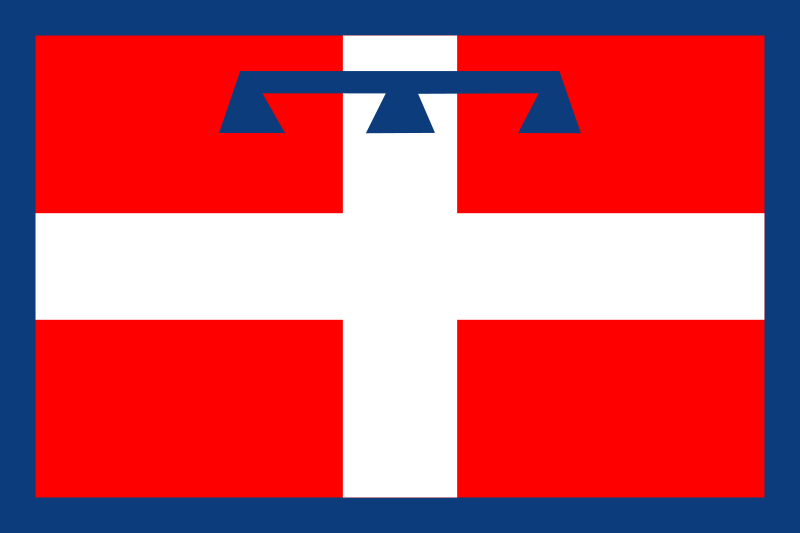 Piemonte
Piemonte
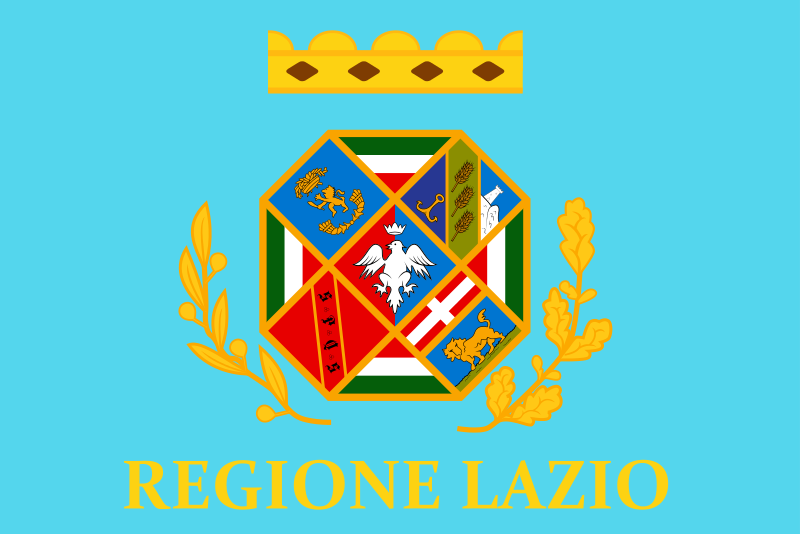 Lazio
Lazio